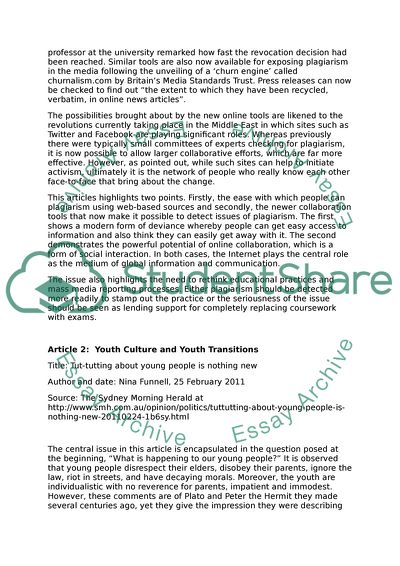Cite this document
(Sociological Concepts From the Media Case Study - 1, n.d.)
Sociological Concepts From the Media Case Study - 1. Retrieved from https://studentshare.org/sociology/1749421-sociological-concepts-and-perspectives-from-the-media
Sociological Concepts From the Media Case Study - 1. Retrieved from https://studentshare.org/sociology/1749421-sociological-concepts-and-perspectives-from-the-media
(Sociological Concepts From the Media Case Study - 1)
Sociological Concepts From the Media Case Study - 1. https://studentshare.org/sociology/1749421-sociological-concepts-and-perspectives-from-the-media.
Sociological Concepts From the Media Case Study - 1. https://studentshare.org/sociology/1749421-sociological-concepts-and-perspectives-from-the-media.
“Sociological Concepts From the Media Case Study - 1”. https://studentshare.org/sociology/1749421-sociological-concepts-and-perspectives-from-the-media.


